Gold price waits for rates clues from Jackson Hole
Political turmoil in the US has the potential to 'help gold in the short and longer term'
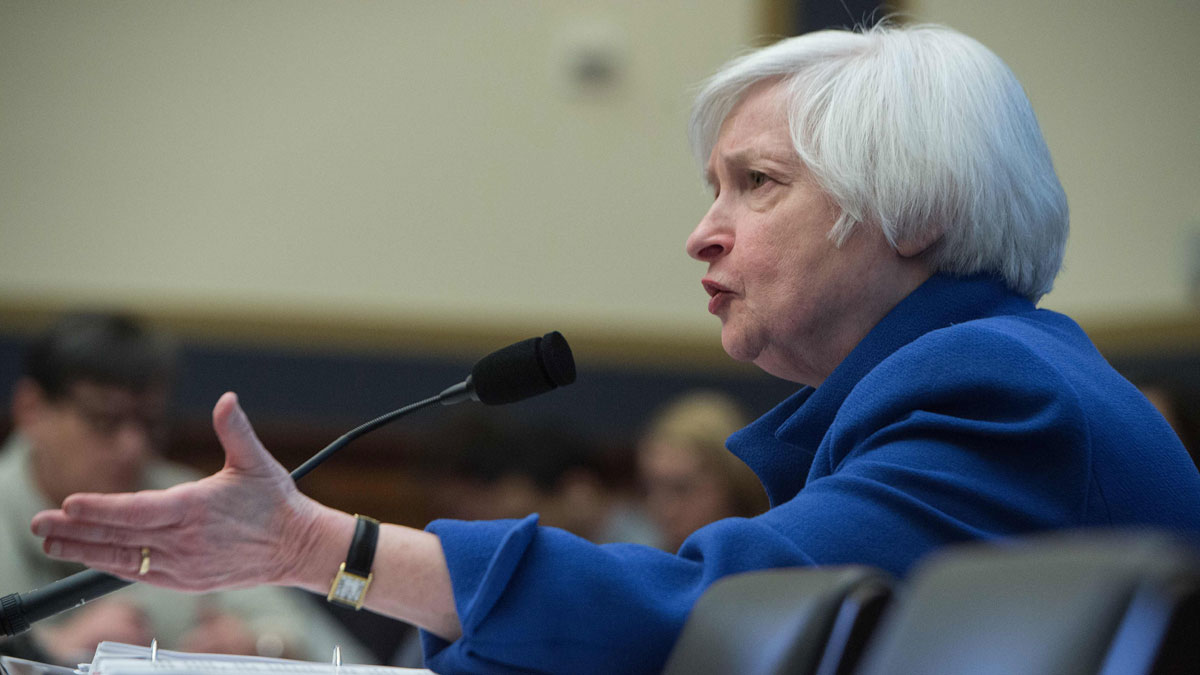
Gold price holds at higher level despite dip
22 February
After finishing with its first weekly fall for five weeks on Friday, the gold price dipped today but continues to attract support from investors.
The Week
Escape your echo chamber. Get the facts behind the news, plus analysis from multiple perspectives.

Sign up for The Week's Free Newsletters
From our morning news briefing to a weekly Good News Newsletter, get the best of The Week delivered directly to your inbox.
From our morning news briefing to a weekly Good News Newsletter, get the best of The Week delivered directly to your inbox.
Having been above $1,220 at the start of European trading, spot gold fell as low as $1,201 at one point today, Reuters notes. This coincided with a recovery on Asian and European equity markets – the FTSE 100, for example, is up 1.7 per cent – and comes after the metal ended in the red last week, following a brief surge to an eight-month high above $1,260 earlier in the month.
The recent rally was caused by the move to negative rates from some central banks, which in turn came in response to concerns over the global economic outlook. This triggered a rush to "safe havens" such as gold as the dollar fell back from its persistently high level of recent months – the metal is traditionally a hedge for the greenback.
However, undermining some of these positives is the improved performance of equities, caused by a more stable sentiment on the economy and a recovery in the dollar as the pound falls due to Brexit concerns.
"The dollar weakness seems to have run its course and is not providing the support that we saw earlier this month... In the short term I would favour a move towards $1,168," Saxo Bank senior manager Ole Hansen said. "Gold has had such a strong build in a relatively short period of time that if there is a bit of a change in the surrounding markets, gold will be exposed."
A free daily email with the biggest news stories of the day – and the best features from TheWeek.com
But there have been continued inflows to funds that track the performance of gold and there remains a general feeling that a fragile global economic position favours the metal. In particular, the expectation that interest rates, against which gold is also a hedge, will stay lower is holding prices above $1,200. In fact, it has risen this afternoon to $1,212.
"Despite the move lower, the contagion of negative interest rates elsewhere signal that gold is not suddenly going to retrace its way back to its lows," Citi strategist David Wilson said.
Gold price: why major brokers are still predicting a fall to $1,000
16 February
It may be the best-performing asset in what has been a tumultuous start to 2016 but gold is still vulnerable to improvements in rates and the dollar and will fall to $1,000 an ounce or below this year, according to two analysts.
In forecasts that will surprise some following the metal's strong rally since the turn of the year, Goldman Sachs and Natixis's Bernard Dahdah, who won last year's London Bullion Market Association prediction competition, said the upswing caused by panic over the state of the global economy has been overdone.
They predict the global economy will avoid a major downturn, the US Federal Reserve will press on with at least some upwards moves in interest rates and that the dollar will get back into its stronger position relative to other currencies. Gold is a "safe haven" and, as it is negatively correlated to both rates and the dollar, it would fall sharply in these circumstances.
"Natixis expects further rate hikes by the Fed this year, which should increase the opportunity cost of holding the metal," said Dahdah. "Outflows from physically backed [exchange-traded funds] are expected to continue as higher yielding investments and a stronger dollar become more attractive to investors."
He predicts a low of $900 and a high of $1,300 in 2016, with the price averaging out at $970. Spot gold had hit $1,260 on Friday so if Dahdah is proven correct, prices could have almost peaked already.
"Fears around China, oil and negative interest rates have likely been overstated in the gold price and other financial markets," Goldman Sachs said in a note to clients. "We are recommending shorting gold."
The US investment bank forecast prices would fall to $1,100 in three months and $1,000 in 12 months.
The gold price had tumbled from its high last week to below $1,200 overnight, as equity markets rebounded strongly following hints of further stimulus from central banks. But as European markets have turned back broadly in the red this morning, it has recovered to back above $1,210.
Gold price eases – but is still enjoying best period in years
15 February
Gold prices have slipped a little after several buoyant weeks. But the latest dip is just a "corrective pull-back", one analyst says.
While spot gold was down 0.7 per cent at $1,238.36 an ounce on Friday afternoon, it was up 5.5 per cent over the past week. Last week was the fourth in a row when the price rose as the yellow metal enjoyed its biggest weekly gain since October 2011.
The price soared 5.3 per cent on Thursday to a one-year high of $1,260.60. Gold futures in the US settled down 0.7 per cent at $1,239.40 an ounce but were set to enjoy their most sudden weekly increase since December 2008
Leading the upswing initially was increased purchasing by the central banks of Russia, China and other nations, says Metal Miner. Russia stockpiled the most, adding some 60 metric tons to its reserves.
Above all, says Metal Miner, gold is a "safe haven" - an investment that seems all the more attractive when stock markets and currencies are volatile and prone to collapse.
Worries about China and wider Asian stability - and about Europe - have sent investors to the metal.
New figures for Japan today show its economy shrank by 0.4 per cent in the last quarter of last year, even worse than the already gloomy prediction of 0.3 per cent. The central bank has imposed negative interest rates and the yen has soared.
In the European Union, inflation in several markets has not been dented by the introduction of negative interest rates and investors are not convinced the several quantities easing schemes across the union will promote growth.
So times are good for gold - and the falling price today was just "a little bit of corrective pull-back", according to Bob Haberkorn, a market strategist at RJO Futures in Chicago quoted by Sky News.
"There's some profit taking going on. Traders are catching their breath and re-evaluating what to do at this stage," he added.
Gold price hits new high as yellow metal is 'back in vogue'
12 February
Gold's upward move continued yesterday, with prices reaching a new one-year high. The yellow metal rose $53.20 an ounce to $1,247.80, the highest price since February 2015 and an 18 per cent jump since the start of 2016.
"Gold is back in vogue as investors seek out a safe haven amid growing global volatility," said Peter Koven at the Financial Post.
Its performance is the "polar opposite" of most other commodities, which are down sharply, adds Koven, but the question is "whether this gold rally will have legs, or whether it will fizzle out like numerous others over the past few years".
The surge comes amid wobbling global stock markets and a weakening US dollar. Jittery markets were further fuelled on Wednesday, when Janet Yellen, the chairman of the US Federal Reserve, hinted there could be a delayed return to rising interest rates.
"Investors typically put money into gold when they are worried about the prospects for the stock market," said Camilla Canocchi at This is Money. "The downside is that there is no interest paid on gold so investors can only make money when they come to sell it."
FXTM research analyst Lukman Otunuga said the "heightened concerns and mounting pessimism" over the state of the global economy have "soured risk appetite, consequently encouraging risk-averse investors to flock to safe haven assets such as gold".
Otunuga believes the levels could still appreciate to $1,300, last seen in January 2015.
Falling crude oil prices and escalating concerns about European banks were also cited as causes for the surge.
Gold price surges above $1,200 after latest markets rout
12 February
The gold price continues on its strong incremental advance, setting lower lows on a path to higher highs that overnight saw it decisively breach a key resistance level at $1,200.
On Wednesday, gold's spot price dipped back slightly in both the European and New York trading sessions, the Wall Street Journal notes, amid a brief relief rally in Europe and some profit-taking from the ongoing "safe haven" shift. But as the equities rout recommenced in Asia overnight, it resumed its upward trend.
The metal had been struggling to break through the $1,200 an ounce threshold identified as a key battleground to transform a "short-term rally" into a sustained upswing. Having done so, says Reuters, a wave of "stop loss" orders put in place by "short" traders who had bet on lower prices sent gold spiralling to above $1,220 this morning.
Markets are extremely jittery at the moment as investors panic over the prospects for the global economy. This was fuelled yesterday when the US Federal Reserve chairman, Janet Yellen, sounded a dovish note while giving her semi-annual testimony on the economic outlook to Congress, citing a likely hit on US growth from the slowdown elsewhere that could imply a delayed return to rising interest rates.
This is exacerbating the selloff of risk assets and a flight to perceived stores of value, such as gold and the Japanese Yen. The precious metal specifically is also benefitting from bets the Fed will not raise rates in March - or much at all this year - as this boosts its allure compared to interest-bearing alternatives, as well as from the resulting drag of the dollar, against which it is a hedge.
There are some who are cautious about the current rally, however, which they warn may be "overdone". David Govett, the head of precious metals trading at Marex Spectron, said in a client note that with big inflows flooding into gold and the market moving "long" – that is, betting broadly on higher prices – risks are now "shifted to the downside".
These risks include the possibility the current market turmoil turns out to be merely a tantrum and does not presage a significant economic downturn. In that event, the dollar would bounce back and interest rate rises return to the agenda – and traders would unravel their bets on gold quickly.
-
 Homo Floresiensis: Earth’s real life ‘hobbits’
Homo Floresiensis: Earth’s real life ‘hobbits’Under the Radar New research suggests that ‘early human pioneers’ in Australia interbred with archaic species of hobbits at least 60,000 years ago
-
 Homes by renowned architects
Homes by renowned architectsFeature Featuring a Leonard Willeke Tudor Revival in Detroit and modern John Storyk design in Woodstock
-
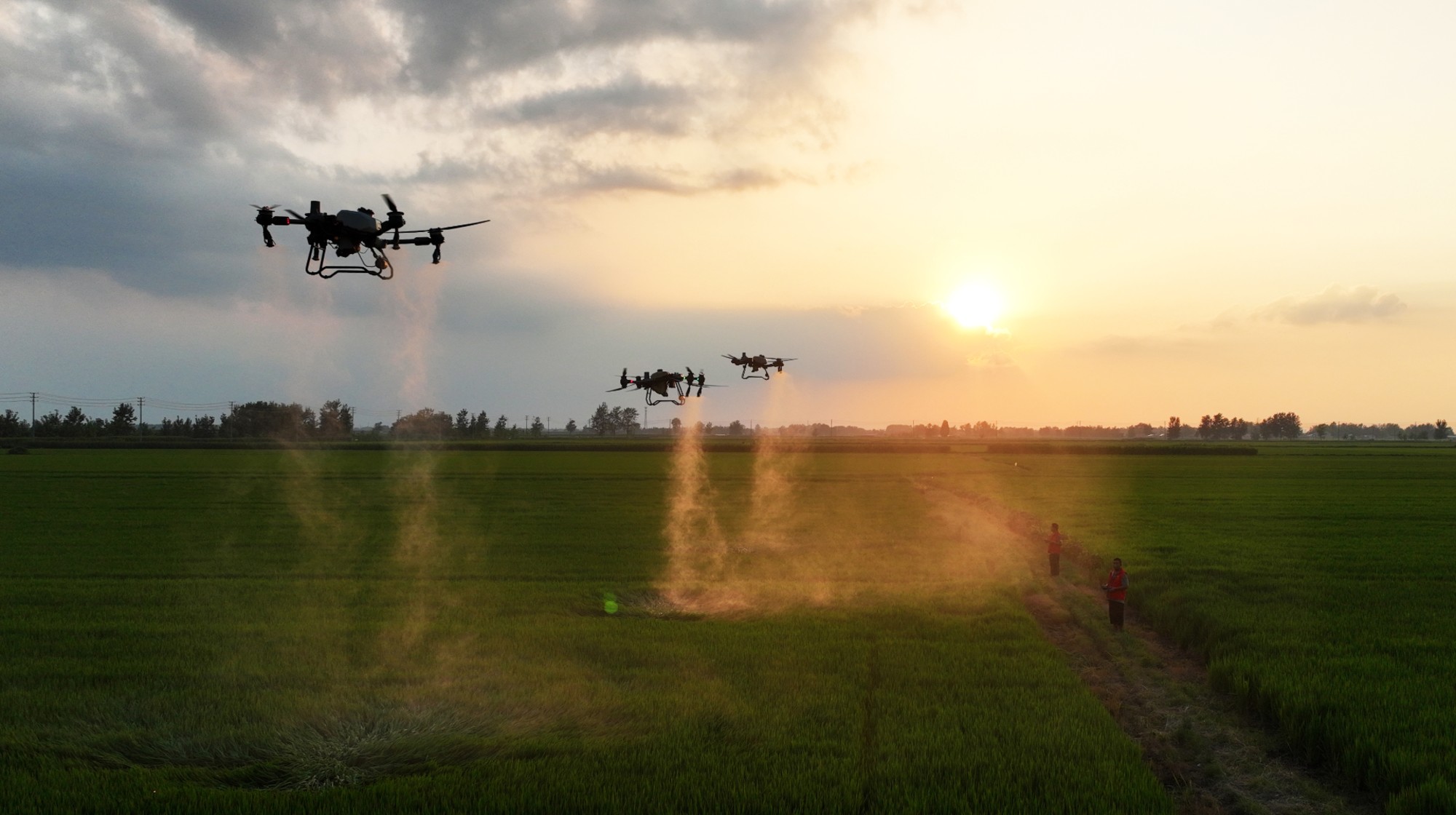 Looming drone ban has farmers and farm-state Republicans anxious
Looming drone ban has farmers and farm-state Republicans anxiousIN THE SPOTLIGHT As congressional China-hawks work to limit commercial drone sales from Beijing, a growing number of conservative lawmakers are sounding an agricultural alarm
-
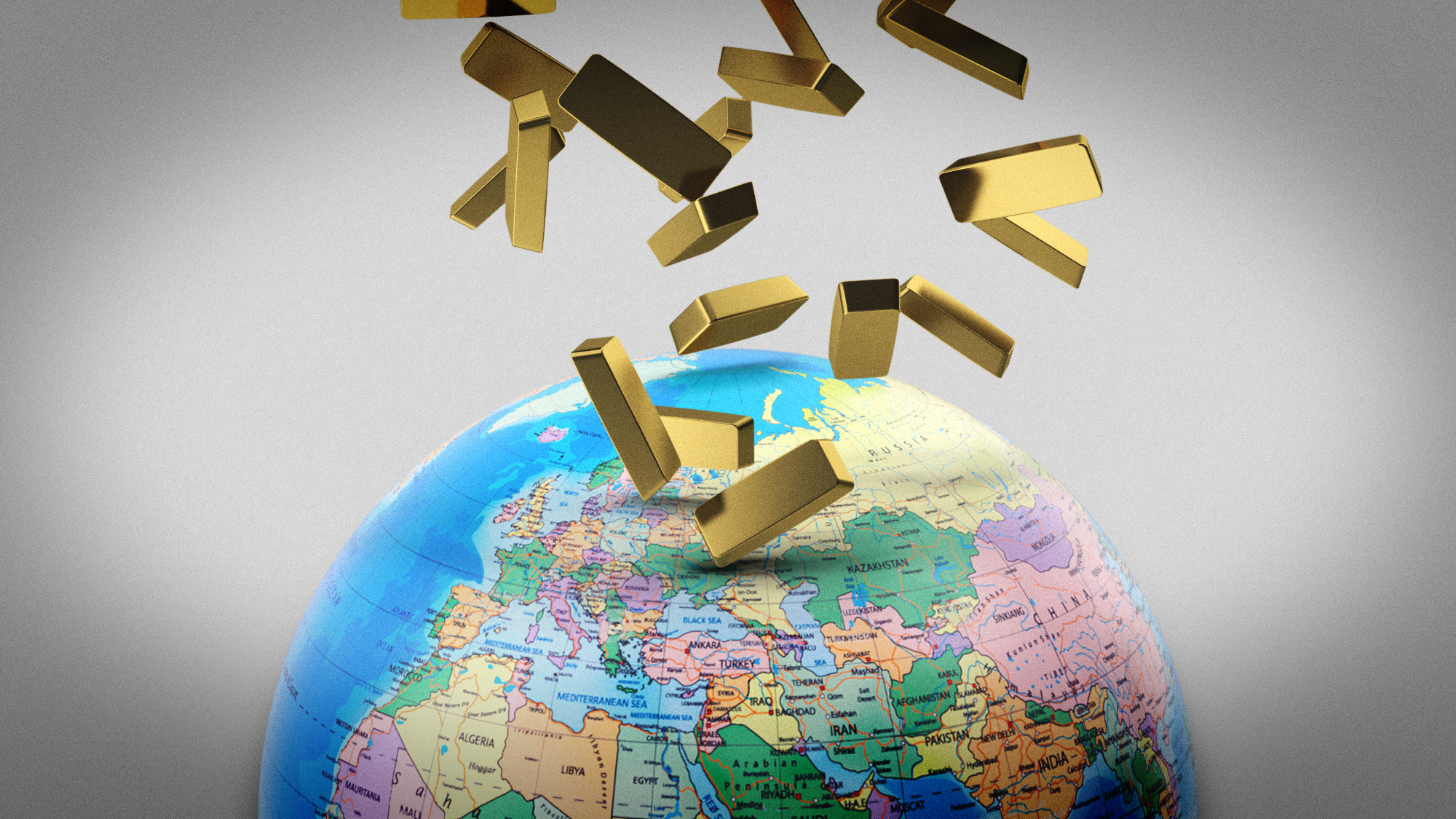 What a rising gold price says about the global economy
What a rising gold price says about the global economyThe Explainer Institutions, central banks and speculators drive record surge amid ‘loss of trust’ in bond markets and US dollar
-
 Gold tops $4K per ounce, signaling financial unease
Gold tops $4K per ounce, signaling financial uneaseSpeed Read Investors are worried about President Donald Trump’s trade war
-
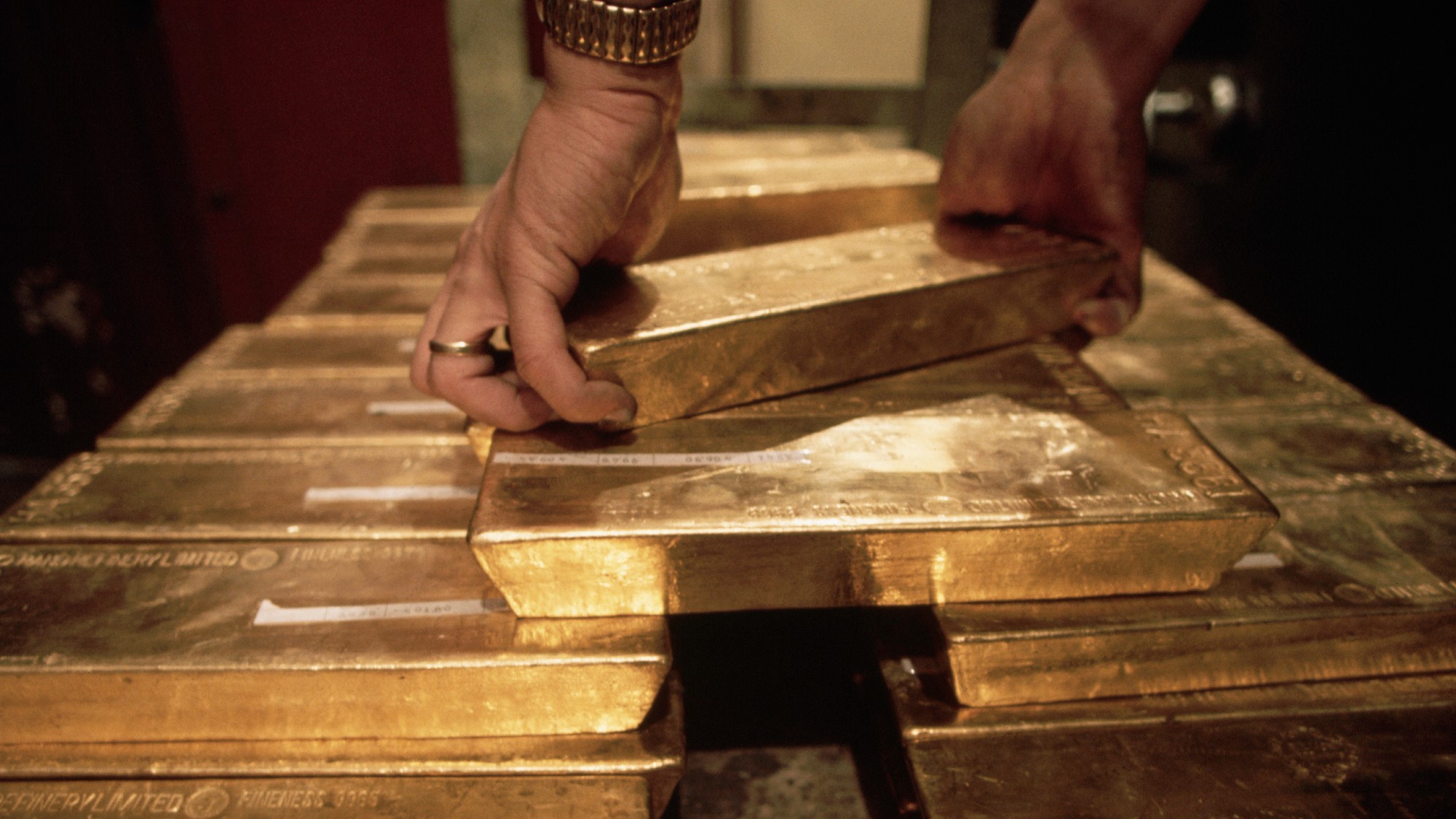 Safe harbor: Gold rises as stocks sink
Safe harbor: Gold rises as stocks sinkfeature It's a golden age for goldbugs
-
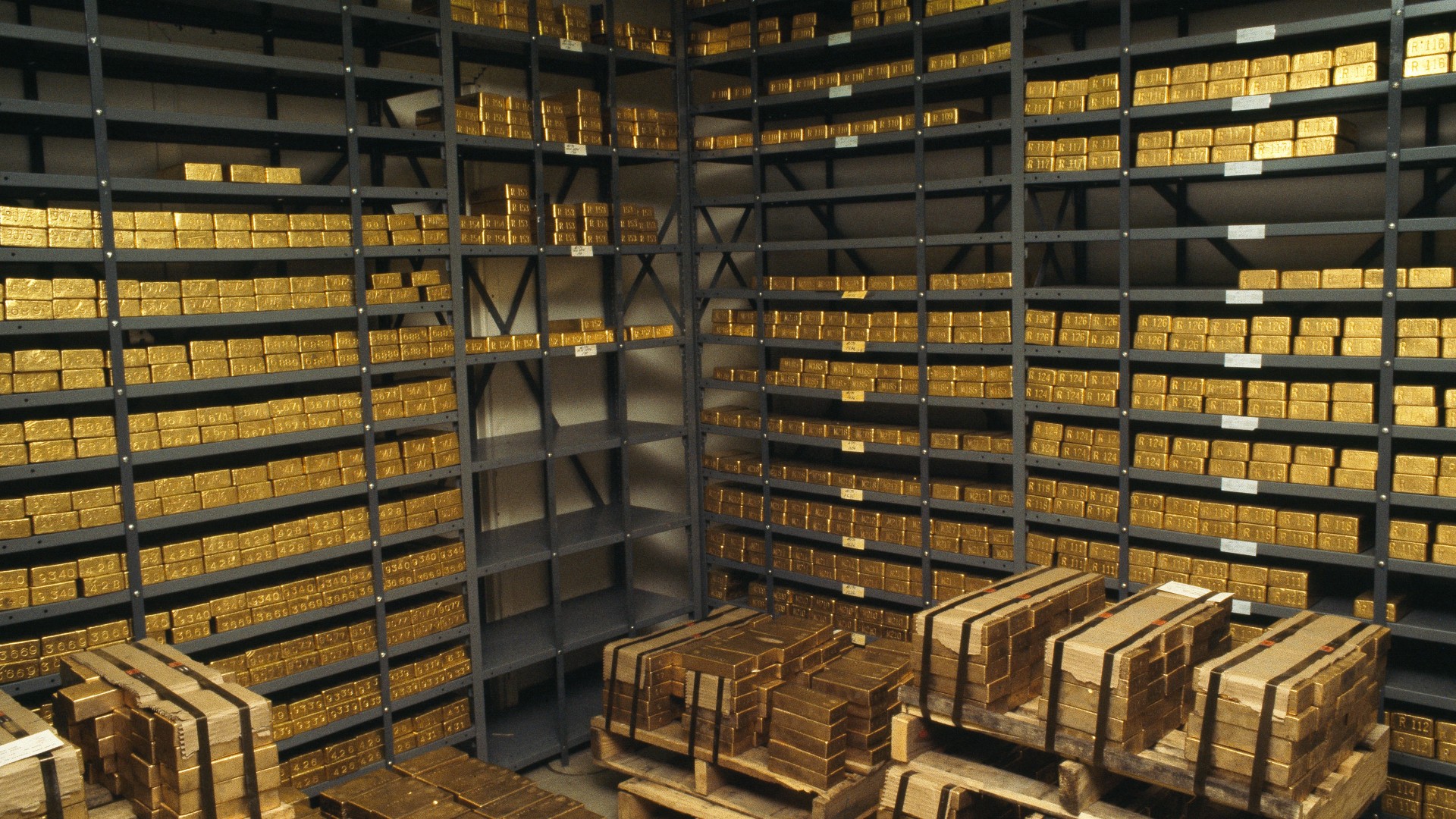 What rising gold prices can tell us about the economy in 2024
What rising gold prices can tell us about the economy in 2024The Explainer Market hits all-time high, boosted by a weakening US dollar and rising global tensions
-
 Gold’s ‘flash crash’: what the experts think
Gold’s ‘flash crash’: what the experts thinkfeature Bad news, good news and a loss of faith
-
 What is the price of gold and when is best to buy?
What is the price of gold and when is best to buy?Speed Read Economic and geopolitical uncertainty traditionally drives investors to reliable metal markets